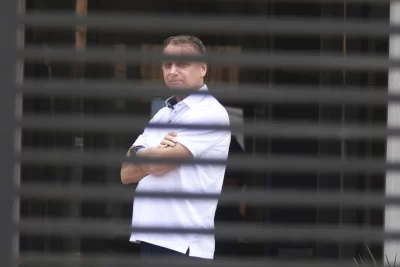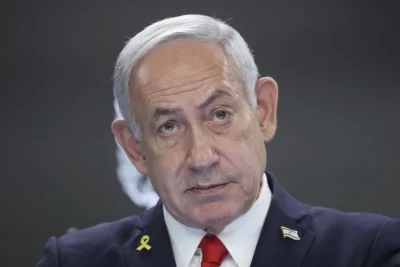
WASHINGTON — Just a few months after he took office, Attorney General Merrick Garland issued a moratorium to halt federal executions — a stark contrast after his predecessor carried out 13 in six months. Under Garland’s watch and a president who vowed to abolish the death penalty, the Justice Department took on no new death penalty cases.
That changed Friday as federal prosecutors said they would seek capital punishment for a white supremacist who killed 10 Black people at a Buffalo supermarket. The decision doesn’t change the halt on federal executions, but Garland’s first approval of a new capital prosecution opens a new chapter in the long and complicated history of the death penalty in the U.S.
Those complexities have been on full display in recent years. President Joe Biden campaigned in part on a promise to abolish it but has taken few concrete steps to do so. The Justice Department has pulled back significantly on the use of capital punishment under Garland’s leadership, but also has shown a continued willingness to use it in certain cases.
White House spokesman Andrew Bates didn’t take issue with the decision in the Buffalo case Friday, saying the president has discussed his views on the issue and would leave individual cases to the appropriate authorities. The Justice Department, in keeping with its practice on ongoing cases, did not explain its decision.
Robert Bowers was sentenced to death in August for carrying out the deadliest antisemitic attack in U.S. history when he shot and killed 11 worshipers in 2018. The other case was against Sayfullo Saipov, a 35-year-old Islamic extremist convicted of maniacally racing a truck along a popular New York City bike path, killing eight people and maiming others. A split among jurors meant he was not sentenced to the death penalty.
“It’s a mass shooting, and mass shootings have only increased over the years and gotten worse. It was also racially motivated, and that seems to be a huge factor here,” said Deborah Denno, a Fordham University law professor who studies the death penalty. “Garland is sort of indicating what he thinks is important, what would drive him to ask for the death penalty.”
In changes made under Garland, the Justice Department’s manual instructs prosecutors to give more weight to cases involving the most harm to the country.
Still, the department chose not to pursue the death penalty in another racist mass shooting targeting Hispanic people that left 23 people dead in an El Paso Wal-Mart. In that case, 24-year-old shooter Patrick Crusius was diagnosed with a severe mental health condition, which may have played a role.




